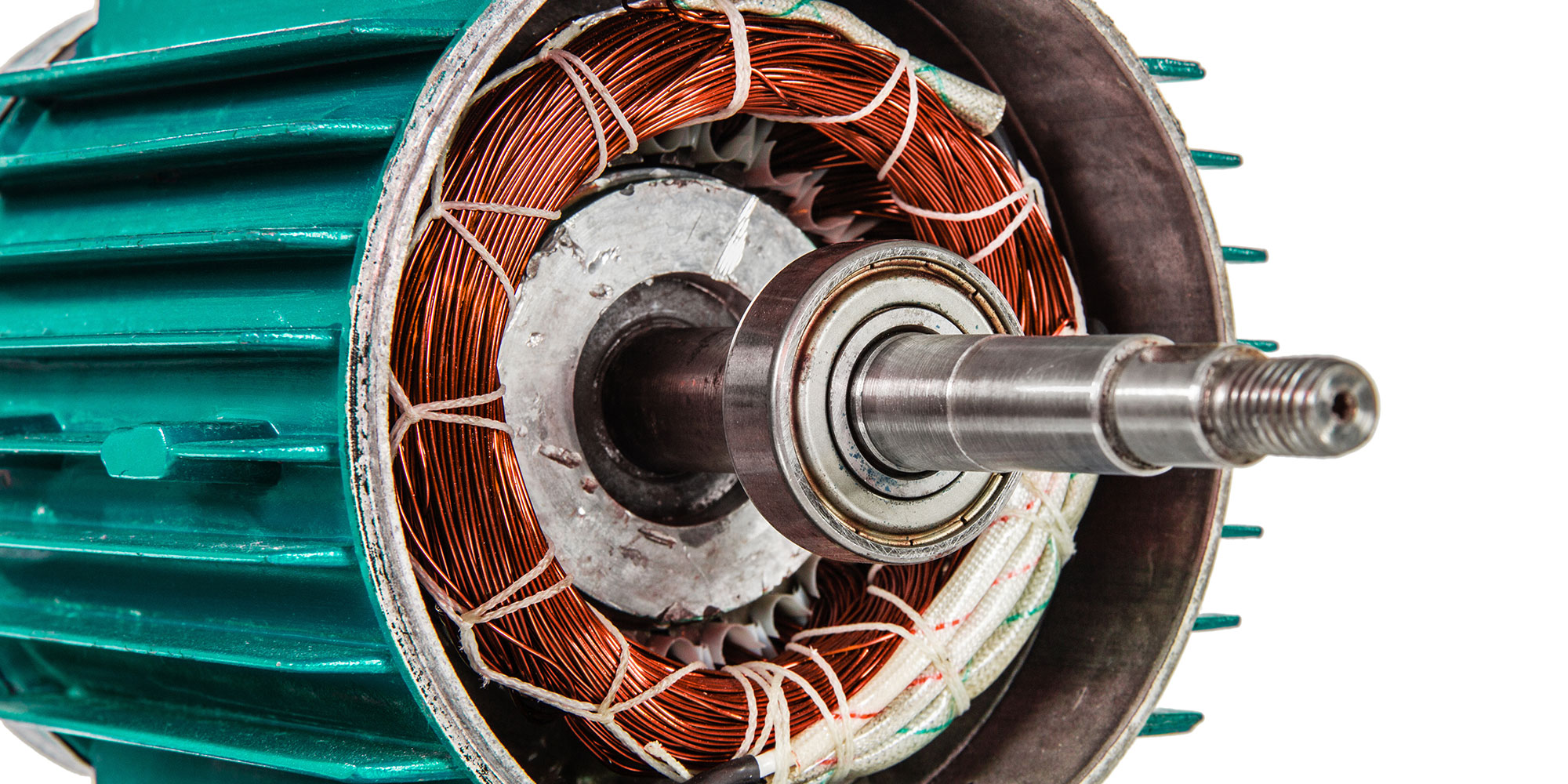Electric Vehicles in China: Competition and Collaboration in the Electric Motor and Power Inverter Market
|
Automotive batteries, electric motors, and power inverters are the source of power for electric vehicles (EVs). Along with the prompt development of EVs in China, the demand for electric motors and power inverters is also rapidly increasing. |
|
Gaogong Industry Research Institute (GGII) estimates that the electric motor and power inverter market size will increase at a CAGR of 18.8% and roughly double to CNY 26.9 billion by 2020E from CNY 13.5 billion in 2016.While the power inverter industry is expected to exhibit strong growth potential, only some larger local players, mainly EV manufacturers, are capable of producing power inverters independently, although many Chinese companies are capable of producing complete electric motors on their own. These trends are mainly due to the availability and costs of raw materials and major components. China’s stable supply of rare earth for permanent magnets, which are a major component for electric motors, provides a favourable environment for domestic electric motor manufacturers to compete and specialise in this segment, which in turn narrows the technology gap between domestic and foreign players. In contrast to electric motor manufacturers, which have an abundant supply of raw materials, Chinese power inverter manufacturers must purchase insulated gate bipolar transistor (IGBT) modules (the main component) externally from foreign semiconductor companies due to the lag in technological development for the domestic semiconductor industry in comparison to other countries, such as the USA and Japan. Heavy reliance on foreign companies for IGBT module supply and uncertainty regarding high prices make it difficult for domestic companies to specialise in the power inverter segment. |
|
In addition, in order to simplify assembly processes and reduce costs, many EV manufacturers have started a new trend of developing new electric drive system solutions (2-in-1, 3-in-1, etc.), which can later be integrated into large-scale powertrains once the technology catches up in future. This integrated design trend has in turn encouraged various manufacturers to collaborate together. |
|
Overall, although the electric motor and power inverter markets are dominated by EV manufacturers due to their preference for producing their own components, third-party electric motor and power inverter companies could actively seek to cooperate with other automakers to expand market shares by combining their specialities in part production. |
|
Report Index |
|
|
The full report is only available for SPEEDA subscribers. |
|
If you would like to find out more about this report and what SPEEDA is able to offer, please kindly reach us at sp-asia.mktgroup@uzabase.com |
|
If you are subscribed to SPEEDA, please click on the following link to access the full report. |
| https://www.ub-speeda.com/article/reportarticle/repId/UBSPD000190?2 |



